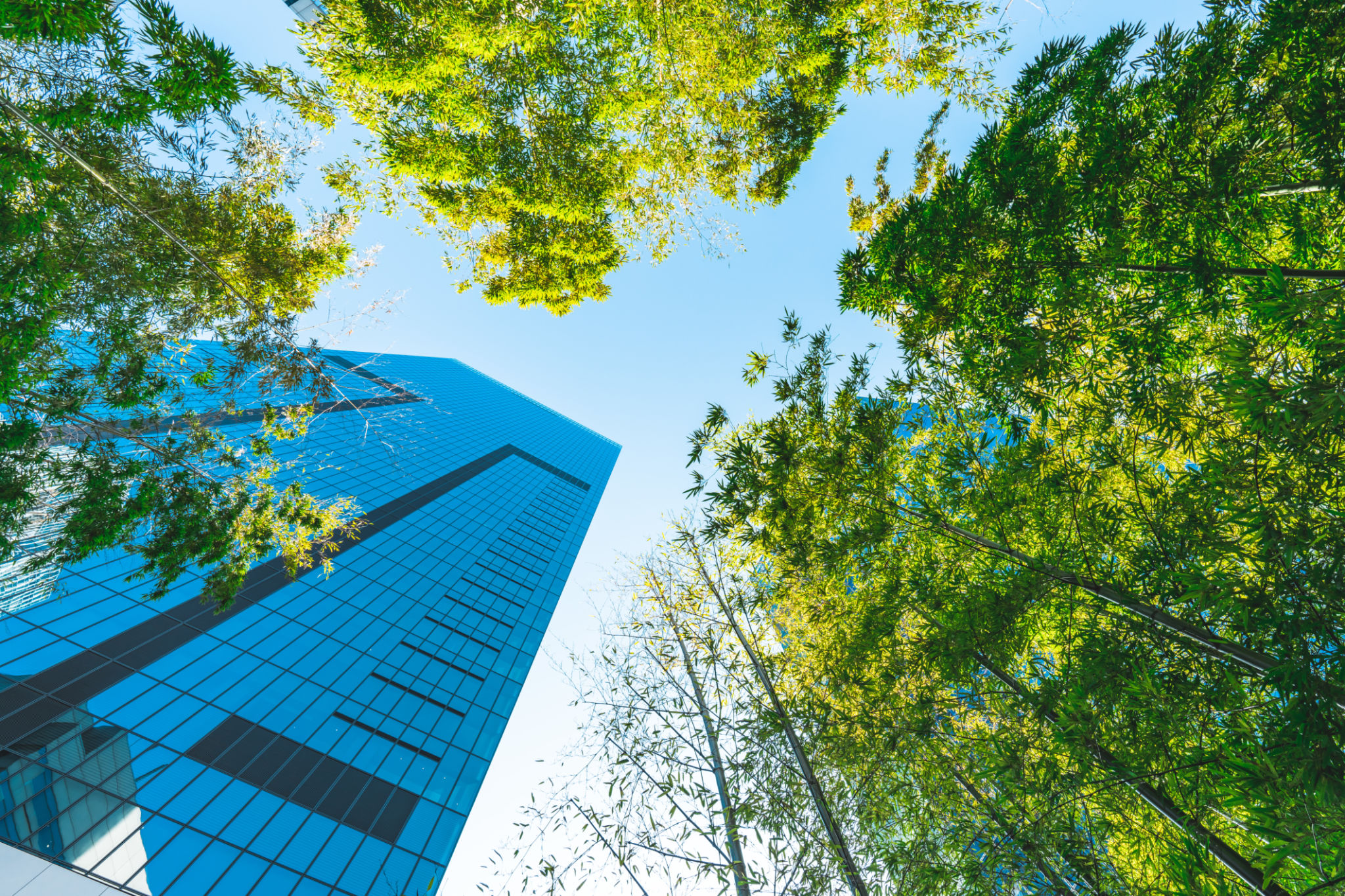Case Study: Transforming Underdeveloped Areas with Innovative Real Estate Solutions
EC
Introduction to Innovative Real Estate Solutions
Transforming underdeveloped areas is a challenge that many urban planners and real estate developers face today. As cities expand and populations grow, the need for sustainable and innovative real estate solutions becomes increasingly important. This case study explores how creative approaches in real estate can revitalize neglected neighborhoods, creating thriving communities and improving quality of life for residents.

The Importance of Understanding Local Needs
Before initiating any development project, it is crucial to understand the specific needs and desires of the local community. Involving residents in the planning process ensures that the solutions implemented are not only innovative but also relevant and effective. Engaging with community leaders and conducting surveys or focus groups can provide valuable insights into what the area truly requires.
By prioritizing community involvement, developers can create projects that are more likely to gain public support and achieve long-term success. This approach not only fosters a sense of ownership among residents but also helps to build trust between developers and the community.
Implementing Sustainable Practices
Sustainability is a key element in transforming underdeveloped areas. Implementing eco-friendly building practices and incorporating green spaces can significantly enhance the livability of a neighborhood. Additionally, sustainable solutions often lead to lower utility costs for residents, making these areas more attractive to potential homebuyers or renters.
Some of the sustainable practices that can be integrated include:
- Using renewable energy sources such as solar panels
- Incorporating rainwater harvesting systems
- Designing buildings with energy-efficient materials
- Creating public green spaces and community gardens

Innovative Design and Architecture
Innovative design and architecture play a significant role in transforming underdeveloped areas. By thinking outside the box, architects can create unique structures that stand out and attract attention, acting as catalysts for further development. Incorporating mixed-use developments, which combine residential, commercial, and recreational spaces, can also promote vibrant, multi-functional communities.
Designing flexible spaces that can adapt to the changing needs of the community over time ensures that these developments remain relevant and useful for years to come. This adaptability is key to maintaining the long-term success of any real estate project.
Leveraging Technology in Development
Technology is an essential tool in modern real estate development. From smart home systems that enhance convenience and energy efficiency to data analytics that help predict market trends, technology can greatly impact the success of a project. Developers who leverage technology can create more efficient buildings and provide residents with cutting-edge amenities.

Moreover, using technology during the planning phase allows for more accurate modeling and visualization of projects, leading to better decision-making and reduced risks. Virtual reality and 3D modeling are particularly useful in presenting proposed developments to stakeholders and gaining their support.
Conclusion: The Future of Underdeveloped Areas
The transformation of underdeveloped areas through innovative real estate solutions holds immense potential for creating vibrant, sustainable communities. By understanding local needs, implementing sustainable practices, embracing innovative design, and leveraging technology, developers can successfully revitalize neglected neighborhoods.
These efforts not only improve the physical landscape but also enhance the social fabric of communities, providing residents with better opportunities and quality of life. As cities continue to evolve, the role of innovative real estate solutions will be crucial in shaping the urban environments of tomorrow.